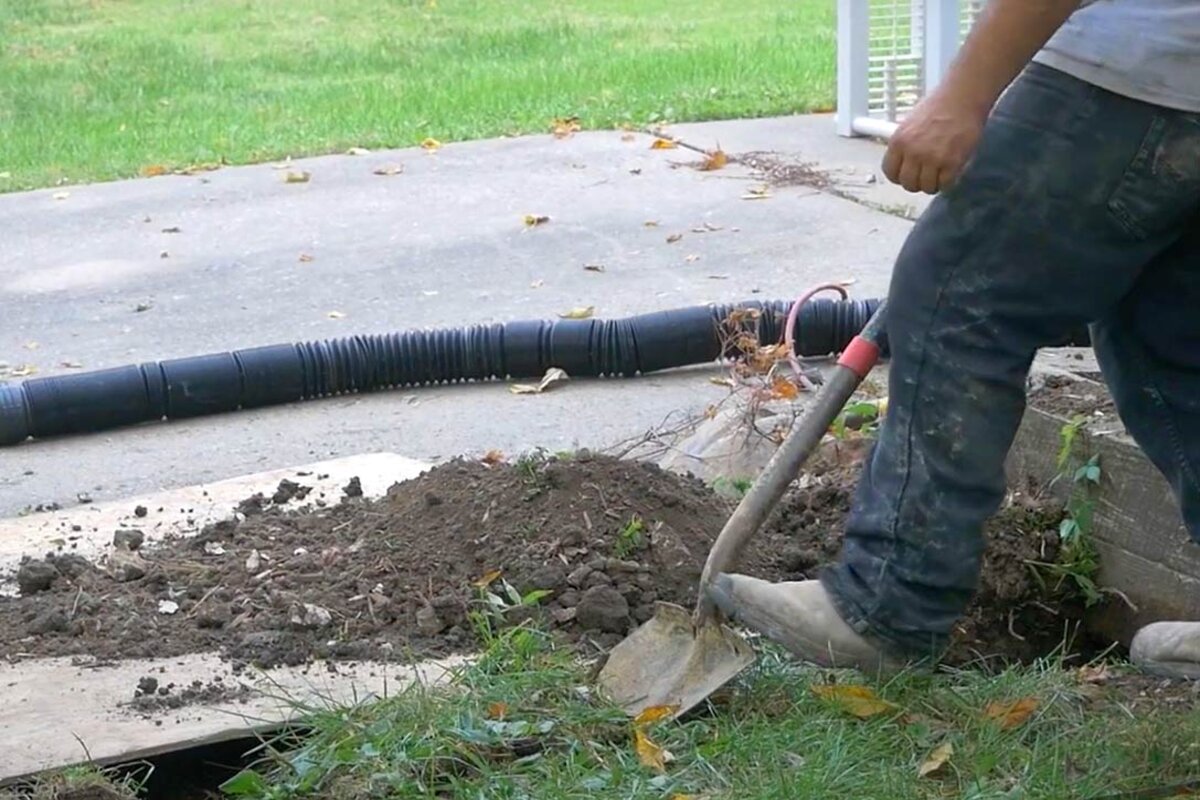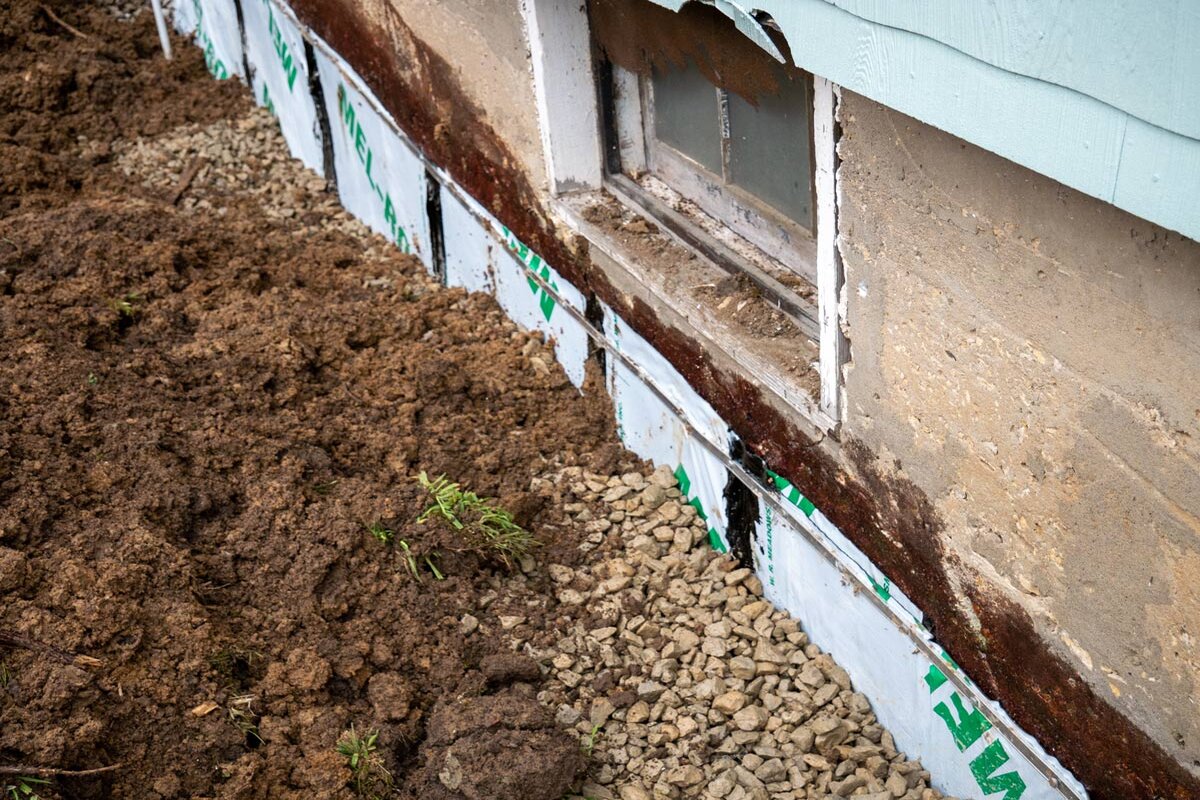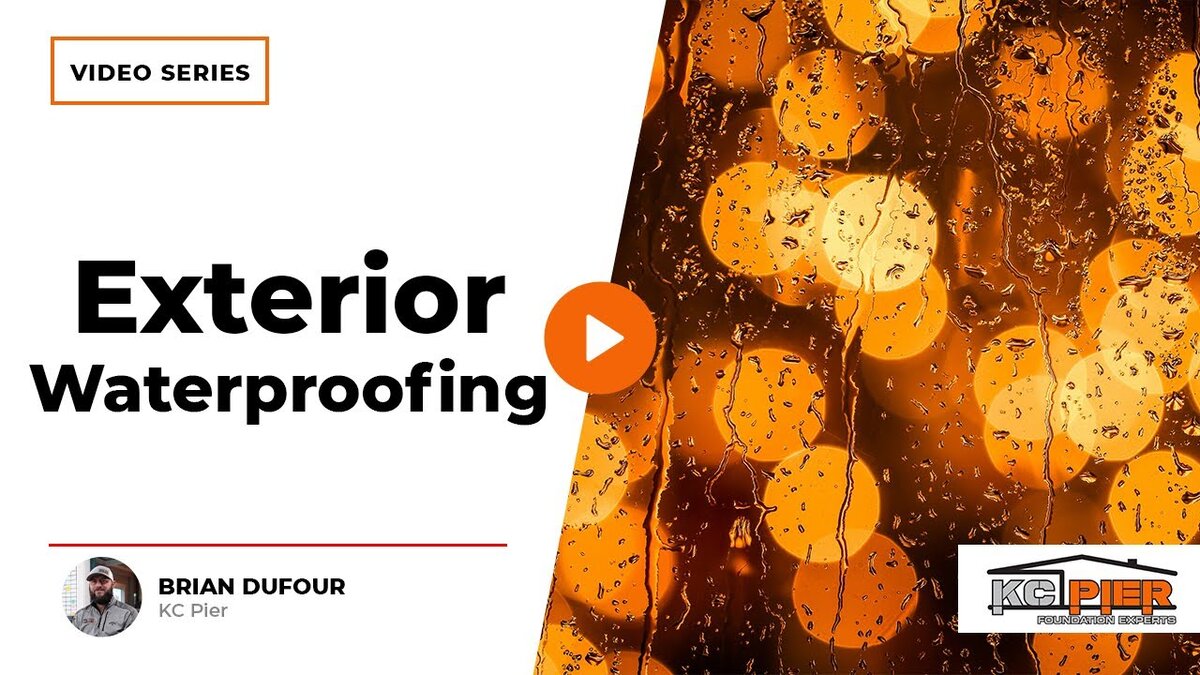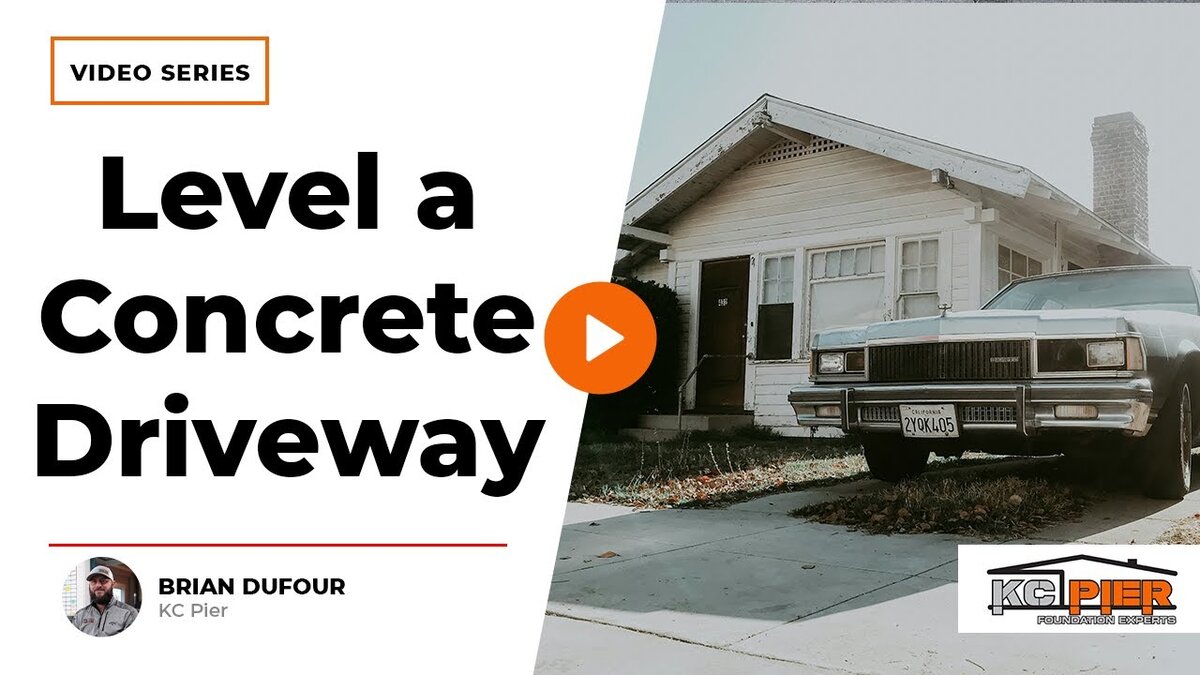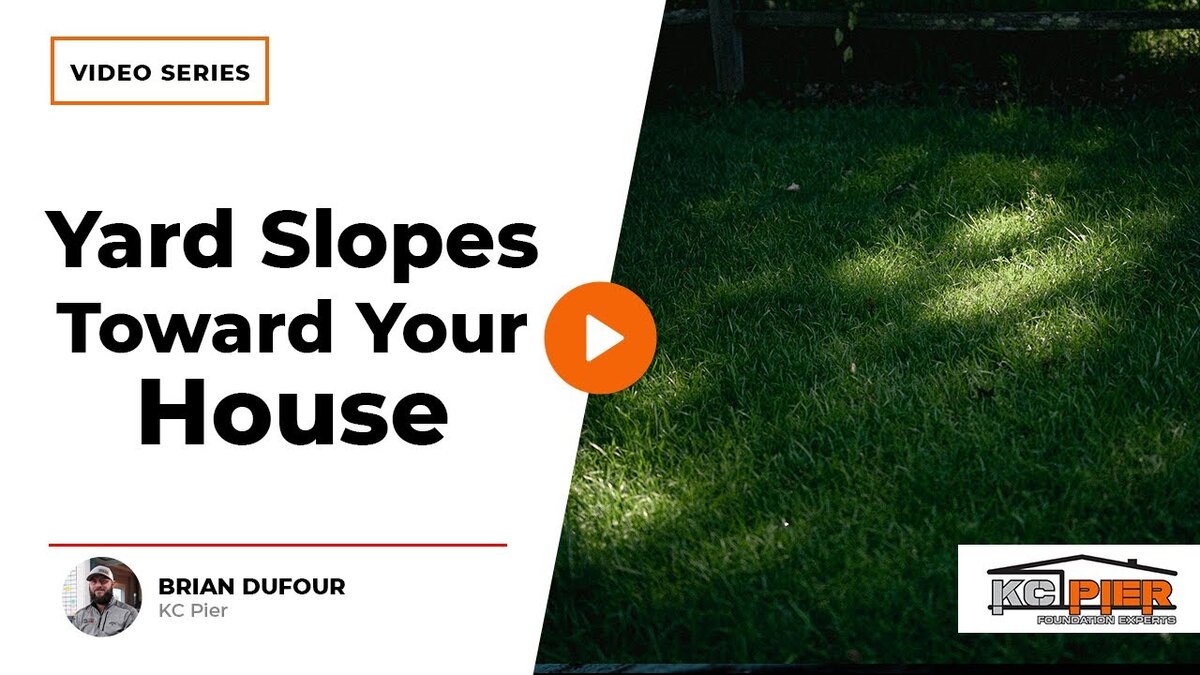Basement water problems often start small but can lead to serious damage over time. Left untreated, even a small leak can weaken your foundation, cause mold growth, and reduce your home’s value. At KC Pier, we help homeowners choose the right waterproofing method to stop water at the source and protect their property. There are two main basement waterproofing methods: interior and exterior. Each method has specific benefits and is better suited for certain situations.
In this article, we’ll explain how both systems work, when to use them, and how to decide which option is right for your home.
Interior Waterproofing: How it works
Interior waterproofing focuses on managing water that has already penetrated your home’s foundation. This method is particularly effective when water enters the basement through the cold joint—the area where the slab floor meets the foundation wall. In such cases, water builds up under the slab and seeps through this joint, necessitating an interior solution.
How Interior Waterproofing Works
- Identifying Problem Areas: We begin by pinpointing where water intrusion occurs, typically at the cold joint.
- Creating a Trench: A section of the basement floor, approximately 12 inches wide, is excavated along the foundation wall to a depth of 8 to 10 inches.
- Installing Drain Tile: A new 4-inch drain tile is placed adjacent to the footing within the trench. This drain tile is sloped toward a designated sump pump location.
- Setting Up a Sump Pump: The sump pump collects water from the drain tile and expels it away from your property, preventing it from reaching the basement floor.
This method effectively addresses water entering through the cold joint by redirecting it before it can cause damage.
Exterior Waterproofing: How it works
Exterior waterproofing aims to prevent water from entering the foundation walls by addressing issues from the outside. This approach is essential when there are signs of hydrostatic pressure and inward wall movement, indicating that water is penetrating from the soil surface downward.
How Exterior Waterproofing Works
- Excavation: The soil around the affected foundation wall is excavated to relieve pressure and expose the wall.
- Wall Preparation: The foundation wall is cleaned and prepped for waterproofing application.
- Applying Waterproof Membrane: A waterproof membrane is applied to the exterior surface of the foundation wall to prevent water infiltration.
- Installing Exterior Drain Tile: Similar to the interior method, a 4-inch drain tile is placed next to the footing on the outside, sloped toward a sump pump or drainage system.
- Backfilling: The excavated area is backfilled with appropriate materials to ensure proper drainage away from the foundation.
By addressing water issues from the exterior, this method prevents water from ever touching your foundation walls, thereby reducing hydrostatic pressure and soil expansion that can cause structural damage.
Cost Considerations and Customization
We recognize that waterproofing solutions are a significant investment. The extent of the damage and the specific needs of your home dictate the most effective method. Our approach is homeowner-centric:
- Customized Repair Plans: We assess the specific issues affecting your home and develop a tailored repair plan that fits both the structural requirements and your budget.
- Itemized Options: To accommodate financial considerations, we can itemize the repair process, allowing you to address one section at a time if necessary.
This flexibility ensures that you receive the most effective solution without compromising on quality or safety.
Which Method is Better?
The choice between interior and exterior waterproofing depends on several factors:
- Source of Water Intrusion: Interior waterproofing is ideal for water entering through the cold joint, while exterior waterproofing is necessary for issues stemming from hydrostatic pressure and soil-related problems.
- Structural Concerns: If there’s evidence of wall movement or structural damage, exterior waterproofing may be the preferable option to alleviate external pressures.
- Budget and Timing: Interior waterproofing is often less invasive and can be more cost-effective, making it suitable for immediate concerns. Exterior waterproofing, while potentially more expensive, offers a thorough solution for long-term protection.
At KC Pier, we provide both interior and exterior basement waterproofing services, ensuring that we can address your specific needs with the most appropriate method.
In Summary
Protecting your basement from water intrusion is crucial for maintaining the structural integrity of your home. Whether you require interior or exterior waterproofing depends on the source of the problem and the condition of your foundation walls. Our team at KC Pier is dedicated to providing customized, effective solutions tailored to your home’s unique needs.
Contact us today to schedule a consultation and safeguard your basement against water damage.


